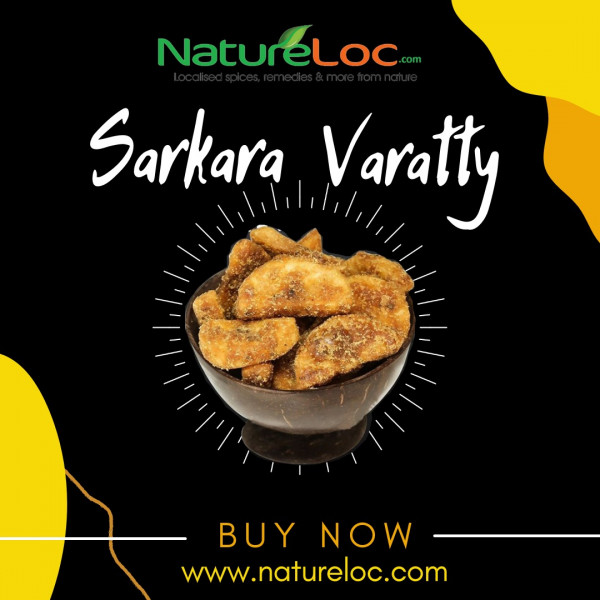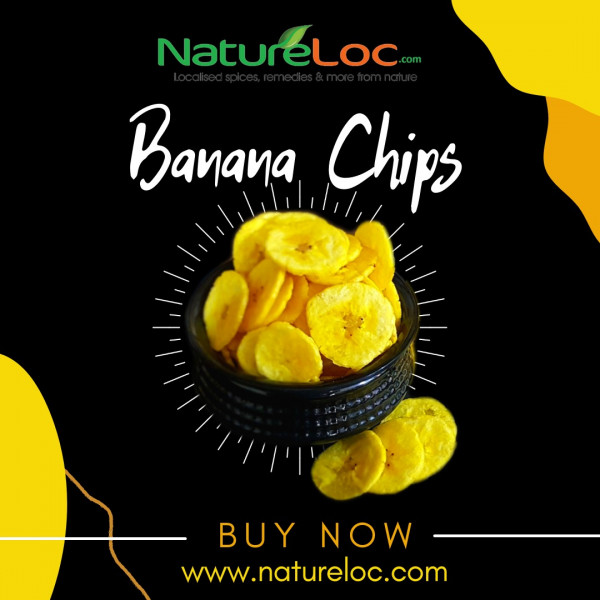Are you using original Cinnamon ? How to find duplicates? How toxic is it to Liver & Kidney ?
Cinnamon is a spice obtained from the inner bark of several trees from the genus Cinnamomum that is used in both sweet and
savoury foods. Cinnamon trees are native to South East Asia.
Cinnamon with its delicate aroma and spicy flavour, is an essential ingredient in ‘curry masalas’ of India. Around the world it is a more popular ingredient in pastries and puddings. Products made of cinnamon include quills, quillings, featherings, chips, cinnamon bark oil and cinnamon leaf oil.
Cinnamon has been cultivated from time immemorial in Sri Lanka, and the tree is also grown commercially at Kerala in southern India, Bangladesh, Java, Sumatra, the West Indies, Brazil, Vietnam, Madagascar, Zanzibar, and Egypt. In 1767, Lord Brown of East India Company established Anjarakkandy Cinnamon Estate near Anjarakkandy in Cannanore (now Kannur) district of Kerala, and this estate became Asia’s largest cinnamon estate.
| Botanical name | Family name | Commercial part |
| Cinnamomum verum | Lauraceae | Bark, leaf |
Medicinal uses:-
Bark—Carminative, astringent, antispasmodic, expectorant, and haemostatic, antiseptic.
Leaf— antidiabetic. Ground cinnamon is used in diarrhoea and dysentery; for cramps of the stomach, gastric irritation; for checking nausea and vomiting; used externally in toothache, neuralgia and rheumatism. The bark is included in medicinal preparations for indigestion, flatulence, flu, mouthwashes, gargles, herbal teas.
How to Find Out Original Cinnamon ?
Cinnamon is often adulterated with cassia bark or by mixing it with genuine cinnamon a portion of cinnamon bark which has been deprived of its essential oil by distillation or extraction.
Cassia is usually cheaper in cost than cinnamon and hence is used for adulterating cinnamon. It is often mislabelled and sold as cinnamon.
| Parameter | True Cinnamon | Cassia |
| Taste | Delicate, sweet with subtle notes of clove. | Cinnamon Cassia is strong to peppery, Pungent, full-bodied taste. |
| Colour | Real Cinnamon is a light brown/ tan color. | Reddish brown to dark brown. |
| Look | Real Cinnamon sticks curl from one side only and roll up like a newspaper. Real cinnamon from Ceylon (Cinnamomum zelanicum) is filled like a cigar (Fig 1). | Cinnamon Cassia bark is thicker because its outer layer is stripped off. For that reason, Cassia sticks curl inward from both sides toward the center as they dry. Cassia has a hollow tube (Fig 1). |
| Feel | Real Ceylon Cinnamon bark is smooth. | The surface of Cassia is rough and uneven. |
| Grown in | Mostly in Srilanka, India (Kerala) | China, Vietnam, Indonesia. |
| Coumarin Content | Low – Contains a small, negligible amount of coumarin, a naturally ocurring blood-thinning substance. Recommended for regular use, eg for correcting blood sugar level. | High – Contains a high level of coumarin content which can be harmful for the liver and kidney when consumed daily or regularly. Not a concern for occasional use. |
Ref – www.fssai.gov.in
Ceylon cinnamon, using only the thin inner bark, has a finer, less dense, and more crumbly texture, and is considered to be more aromatic and more subtle in flavor than cassia. Cassia has a much stronger (somewhat harsher) flavour than Ceylon cinnamon, is generally a medium to light reddish brown, hard and woody in texture, and thicker (2–3 mm (0.079–0.12 in) thick), as all of the layers of bark are used.
Due to the presence of a moderately toxic component called coumarin, European health agencies have recently warned against consuming large amounts of cassia. This is contained in much lower dosages in Cinnamomum burmannii due to its low essential oil content.
Coumarin is known to cause liver and kidney damage in high concentrations. Ceylon cinnamon has negligible amounts of coumarin. ( Ref – https://en.wikipedia.org )
The barks, when whole, are easily distinguished, and their microscopic characteristics are also quite distinct. Ceylon cinnamon sticks (or quills) have many thin layers and can easily be made into powder using a coffee or spice grinder, whereas cassia sticks are much harder. Indonesian cinnamon is often sold in neat quills made up of one thick layer, capable of damaging a spice or coffee grinder. Saigon cinnamon and Chinese cinnamon are always sold as broken pieces of thick bark, as the bark is not supple enough to be rolled into quills. The powdered bark is harder to distinguish, but if it is treated with tincture of iodine (a test for starch[, little effect is visible with pure Ceylon cinnamon, but when Chinese cinnamon is present, a deep-blue tint is produced.
Buy Original Cinnamon rolls at www.NatureLoC.com here.
Note : We Do not sell Cassia





















